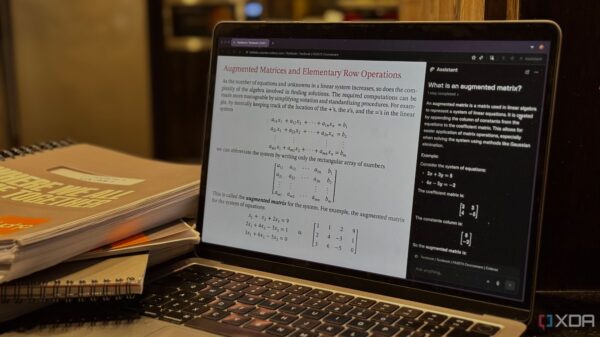UPDATE: Windows users can now enhance their debugging capabilities with a newly discovered feature in Task Scheduler, allowing real-time alerts for critical system events. This breakthrough promises to help users tackle issues before they escalate, potentially saving time and frustration.
With the increasing reliance on Windows PCs, users often find themselves grappling with frustrating issues like the notorious Blue Screen of Death (BSOD) or unexplained glitches. These problems can derail productivity and lead to catastrophic data loss. Fortunately, a recent exploration reveals that Windows has built-in tools that can transform how users monitor system performance.
In a significant development, users can now leverage Task Scheduler to set up custom notifications tied to specific events in the Event Viewer. This functionality allows users to receive alerts the moment a critical service fails or when an application crashes, rather than waiting for a system failure to occur.
Many users may not realize that Task Scheduler can be used beyond simply launching applications at startup. The interface allows for monitoring various system events by specifying Event IDs. For instance, common identifiers like ID 4625 for failed logon attempts and ID 1001 for application crashes can now trigger immediate responses.
To set this up, users need to navigate to Task Scheduler, create a new task, and select “On an event” from the task triggers. By entering the relevant Log, Source, and Event ID, users can customize their monitoring to fit their needs.
A custom PowerShell script can be employed to execute actions when these triggers occur. For instance, when a critical security alert is identified, the script can send an email notification, making it an invaluable tool for network administrators managing remote systems. For less critical alerts, like application crashes, a simple on-screen message can suffice.
This DIY monitoring solution radically changes the debugging landscape for Windows users. Instead of relying on expensive third-party applications, which often provide similar functionalities, users can set up a robust monitoring system for free.
The implications of this discovery are clear: Windows users can now proactively address potential issues, drastically reducing the risk of system failures. The setup process is straightforward and can be completed in under 15 minutes, making it accessible for users of all technical proficiencies.
As Windows continues to evolve, this feature stands out as a game changer for anyone who relies on their PC for everyday tasks. With these new capabilities, users can breathe easier knowing they have the tools to maintain their system health and respond promptly to anomalies.
Stay tuned for more updates on how to optimize your Windows experience and keep your systems running smoothly. This feature is a must-try for all Windows users looking to take control of their PC’s performance!






































































